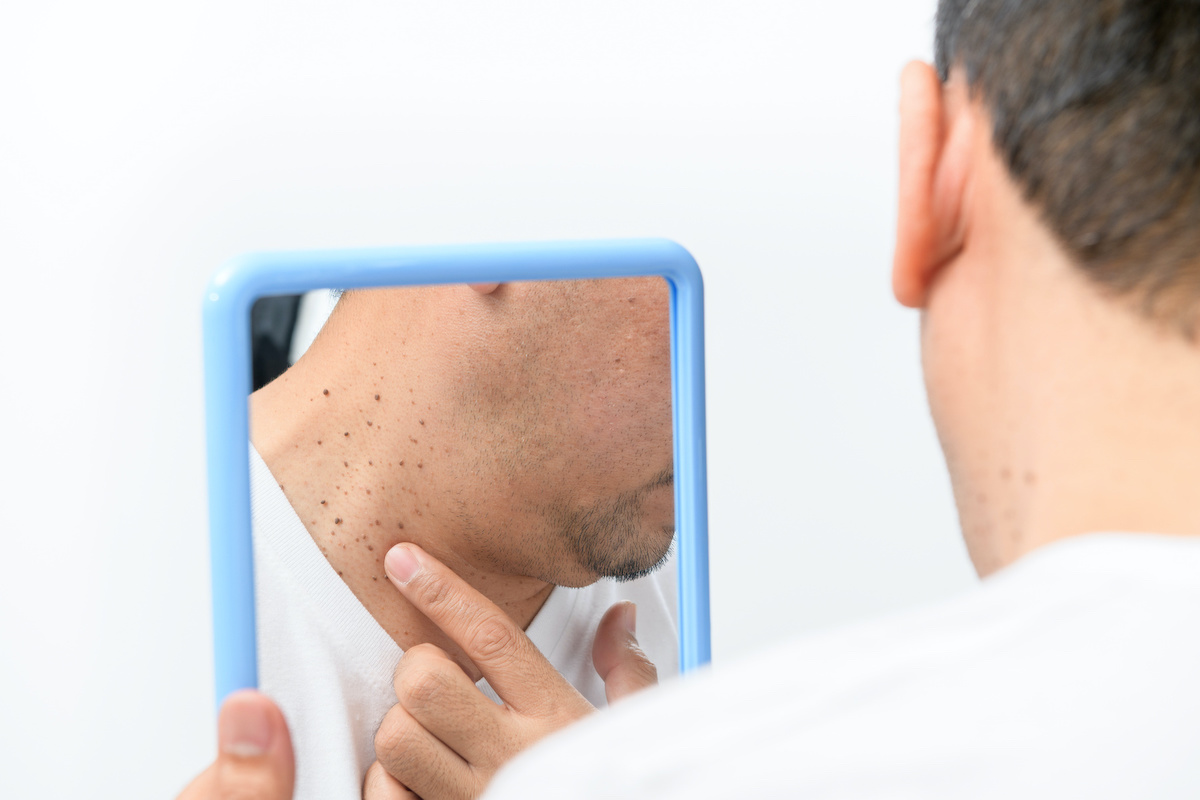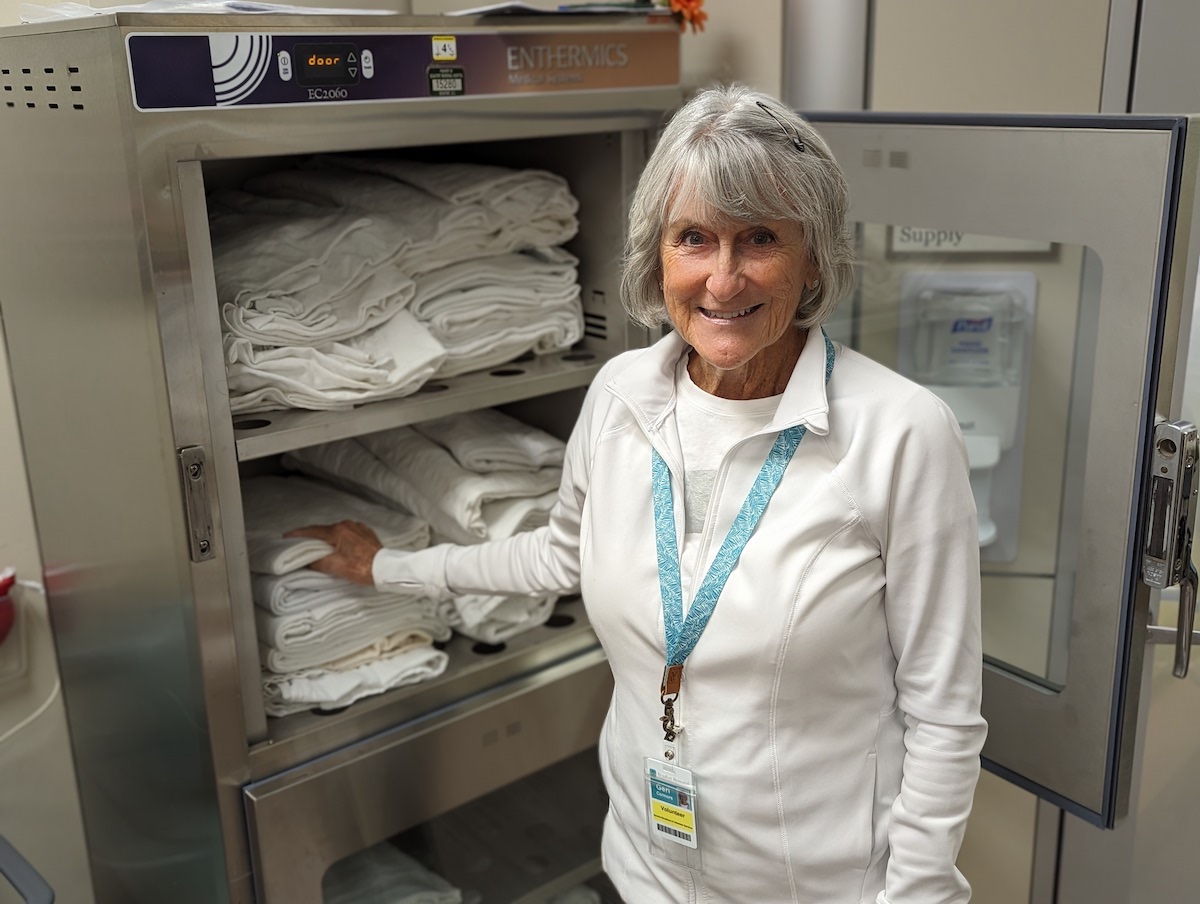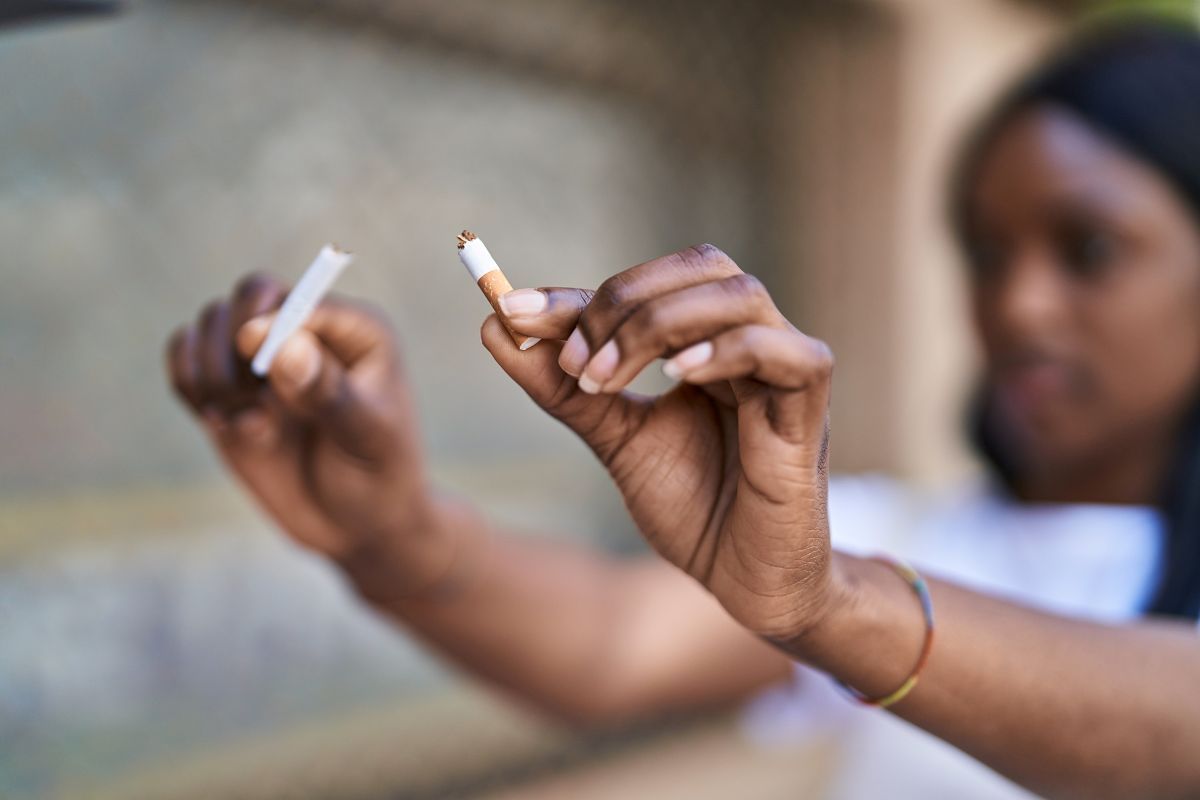
It’s important to stay alert for skin cancer, but it’s important to acknowledge that other ‘safe’ skin conditions such as skin tags, can cause real quality-of-life-issues. And they can be treated to improve people’s day-to-day comfort.
From the discomfort of corns and calluses to the disruptive appearance of keratosis pilaris bumps, seborrheic keratosis growths and skin tags, there are a number of non-threatening skin conditions that can pop up.
These conditions are common, and about half of us will develop skin tags (medical name acrochordons). Their prevalence means that dermatologists have developed a range of treatments—some do-it-yourself, some in the office.
The benign skin growths people contend with have different causes—some lifestyle, others still being researched.
Corns and calluses are directly connected to the wear and tear to which we subject our skin. These extra layers of skin build up as protection. Corns develop due to pressure against our skin onto the bone underneath. in the case of calluses, repeated friction from regular activities, like gripping tools or playing an instrument causes skin to thicken.
Other benign skin growths do not have a direct lifestyle origin.
Skin tags are typically small, dangling ovals of skin that may be related to genes, hormones, or underlying conditions. The same is true for keratosis pilaris—small bumps that usually show up on the upper arms and thighs due to pores becoming plugged with the skin protein keratin. Seborrheic keratoses, which are warty- or waxy-looking tan or brown growths, generally develop as people age; genes and the sun may be factors.
Fortunately, we do know how to treat these conditions so that they don’t interfere with your life.
5 tips to take the bother out of benign skin growths:
1. Rule out more serious problems: It’s important to make sure that the problem is benign. For example, make sure that it’s seborrheic keratosis and not skin cancer—or a wart—which is due to a contagious virus. It’s important for everyone to develop a skin check-up schedule that will establish their baseline skin condition and support ongoing monitoring for problems, especially skin cancer.”
2. Relieve the pressure: With corns and calluses, lifestyle adjustments are the solution. Protective padding—for example moleskin for a callus, adhesive pads for corns—can alleviate the friction and pressure. For both, a warm-water soak and gentle use of a pumice stone can remove the thickened skin. And then, for corns, it’s time to re-evaluate your footwear choices: you need comfortable shoes that will not exert pressure.
3. Remember: maintenance matters: Regular moisturizing is important for the gradual resolution of corns and calluses. Moisturizing is also important to address keratosis pilaris. And to get rid of the bumps, exfoliation is key. Chemical exfoliants like glycolic acid, lactic acid, or salicylic acid can be effective. But if the condition is stubborn, an office visit for laser treatments or microdermabrasion can clear the way. After treatment, moisturizing and exfoliating need to be a regular routine.
4. Growths interfering with life? Get rid of them: If skin tags or seborrheic keratoses are obvious or interfere with clothing or jewelry, they can be removed. Your dermatologist has a range of options, including freezing (cryosurgery) or electrosurgery. Skin tags can also be removed by scissor excision.
5. Excessive? Changing? Painful? See a doctor: If a ‘benign’ skin growth changes or becomes painful, it needs evaluation to rule out a medical problem. And with skin tags, if there are a great number, a checkup for underlying health problems, in particular diabetes, is required.
If you have more questions, consult your personal health practitioner or a dermatologist.
Sources: https://www.hopkinsmedicine.org/health/conditions-and-diseases/other-benign-skin-growths; https://www.clevelandclinicmeded.com/medicalpubs/diseasemanagement/dermatology/common-benign-growths/











